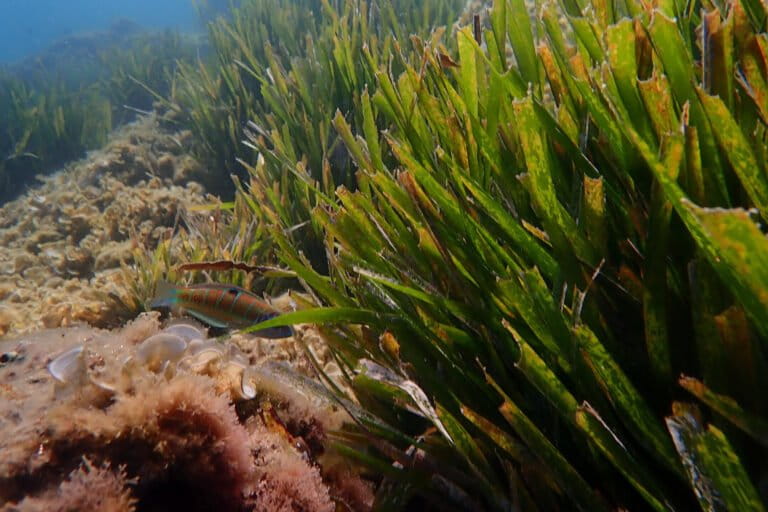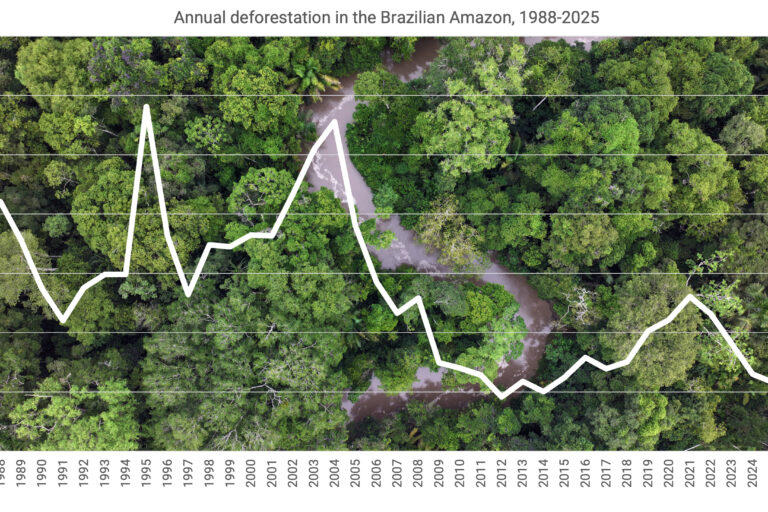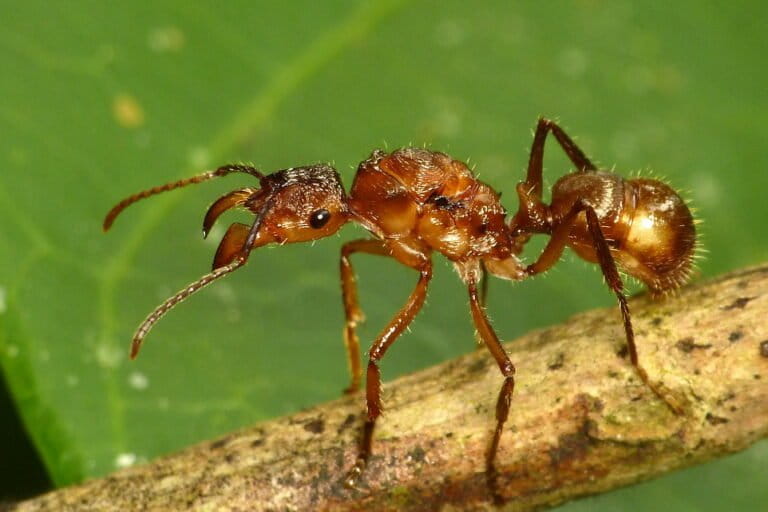- Amid mounting protests from locals and environmentalists, Sri Lanka’s president has suspended a proposed wind farm in Mannar, in the island’s north for a month, pending a review of ecological concerns.
- Scientists warn additional wind farms in the area could further fragment habitats of the fragile Mannar Island ecosystem, an important stopover point for migratory birds on the Central Asian Flyway.
- The country’s energy minister has referred to Mannar as “stale land,” dismissing its biodiversity value, but environmentalists have countered this with research that shows more than 500 plant and animal species recorded there, including dozens found nowhere else on Earth.
- Activists urge the government to pursue sustainable development that protects Mannar’s globally important ecosystems while expanding clean energy following a balanced development pathway.
MANNAR, Sri Lanka — Under the blanket of darkness, giant trucks rumbled through the narrow roads of Sri Lanka’s Mannar district, their headlights cutting through the night. On their trailers lay colossal white columns and blades longer than a fishing trawler, bound for the island’s windswept northwestern coast. By dawn, word had spread that construction had begun on a new wind farm with 10 massive turbines.
For many locals, this was not progress — it was trespass. Fishermen, farmers and environmental activists renewed their protests, blocking the Mannar Bridge to stop the turbine parts from reaching the island. Their voices reached the capital, Colombo, prompting Sri Lankan President Anura Kumara Dissanayake on Aug. 13 to order a one-month suspension pending a review of community concerns, which center on environmental impacts.
Mannar’s flat, open coastline has long been identified as a prime location for wind power due to its strong, steady onshore winds.
The first large-scale installation, the 100-megawatt Thambapavani plant (often referred to as Mannar Wind Farm Phase I) was commissioned in 2020-2021 by the Ceylon Electricity Board (CEB), the state-owned and the largest electricity company in Sri Lanka, with funding from the Asian Development Bank. Its 30 giant turbines stretch across the island’s western edge.
Expansion of wind power projects
Following Thambapavani, two more projects were proposed. One was the Adani Mannar Wind Project, backed by the Indian conglomerate Adani. It envisioned a fleet of 52 turbines, churning out a combined 250 MW. Despite strong opposition from the local community and environmental groups, Sri Lanka signed an agreement with Adani Green Energy in May 2024. But after the government sought tariff concessions, Adani withdrew from the deal, cancelling the project.
The government also pursued Mannar Phase II, an extension of the state-run wind park. Initially, 21 turbines were planned, but a subsequent environmental impact assessment rejected 12 due to ecological risks. Eventually, 10 turbines were approved. In mid-2025, the CEB signed a power purchase agreement with a private developer for a 50-MW project — Sri Lanka’s largest private wind energy investment under a build-operate-own model. It’s the construction of this plant that has sparked the latest resistance.
Sampath Seneviratne, an avian ecologist at the University of Colombo, notes that Mannar Island is a critical stopover for millions of migratory birds along the Central Asian Flyway (CAF) and has immense ecological significance. Scientific studies have confirmed this standing, warning that the loss or fragmentation of its habitats would leave lasting impacts on this migratory route. Threatened shorebirds such as the spoon-billed sandpiper (Calidris pygmaea) and great knot (Calidris tenuirostris) are particularly at risk.

Cumulative assessment of wind projects
According to Seneviratne, additional wind farms on Mannar island could create a dangerous barrier, raising collision risks for the birds, fragmenting the marshes that they frequent, and disorienting nocturnal migratory birds even if a seasonal curtailment is applied. He calls for a cumulative impact assessment of all wind projects in the region and urges exploring alternative sites with strong wind potential but lower biodiversity value.
Local voices echo the urgency. “For the past few days, we’ve stayed up all night trying to block the long vehicles carrying wind turbine parts,” says independent social activist Eric Fernando. “But how long can we keep this up?” With the suspension only in place for a month, he says he fears the project will resume without addressing the root concerns.
Fernando says the existing wind turbines have already caused large-scale flooding during the monsoon periods — conditions previously unseen in Mannar. He warns this could make the island unlivable and speculates that it might even be a deliberate move to push residents out, leaving resources like mineral sands open to exploitation.
Tensions escalated further when Sri Lanka’s energy minister, Kumara Jayakody, described the Mannar–Pooneryn area as “stale” land and not the paradise some make it out to be. He accused certain factions of falsely claiming that the wind turbines would kill birds in large numbers and destroy wildlife, terming these critics “alarmists.”
“I have visited the area and observed nothing to support these far-fetched theories — people talk about birds but there are no birds there,” Jayakody said.
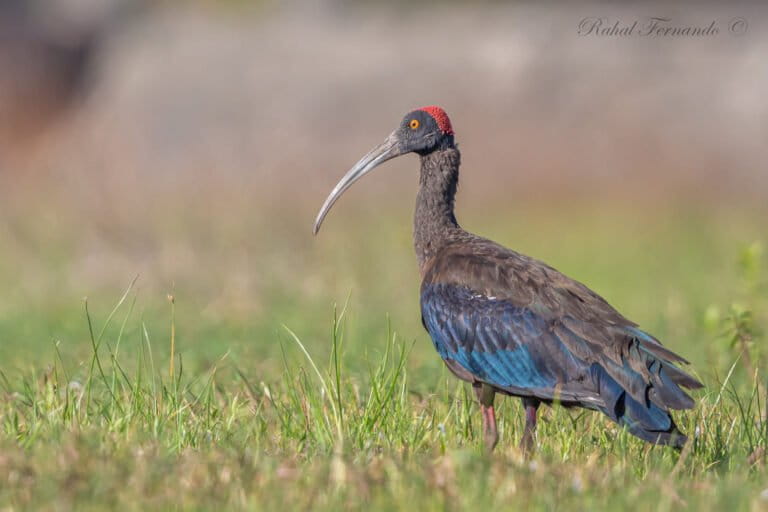
Outrage over minister’s comments
His remarks sparked public outrage among conservationists and local residents.
There’s plenty of evidence to establish Mannar’s significance as an ecological hotspot. For example, the Vankalai Sanctuary, recognized as a Ramsar wetland of international importance, along with decades of birding data, marks out Mannar’s position as one of Sri Lanka’s richest areas for avian biodiversity. Its marshes, seagrass beds and coastal wetlands support hundreds of species, including globally threatened migratory shorebirds.
The Biodiversity Profile of Mannar published by the Center for Environmental Justice (CEJ), notes that 566 plant species and 548 animal species have been recorded. These include 35 animal and 16 plant species found nowhere else on the planet, and dozens of species threatened with extinction. Several rare species are restricted to the northern region of the island, within both protected and nonprotected sites.
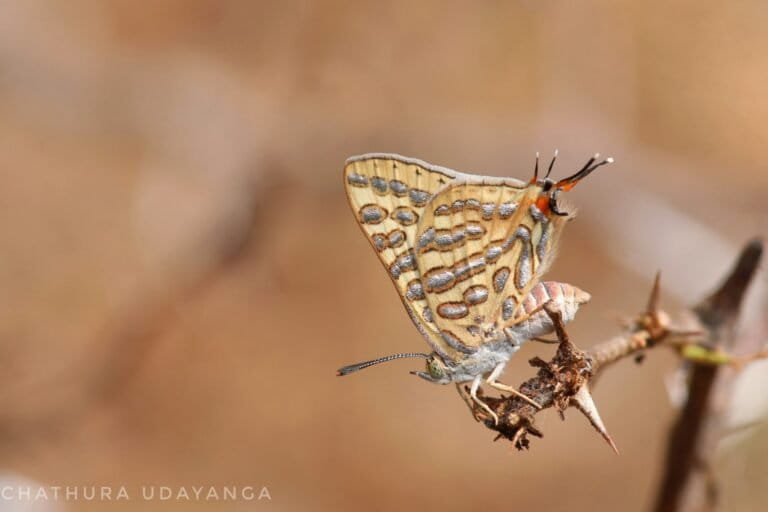
Beyond biodiversity, Mannar holds untapped potential for ecotourism, proponents say. While precise tourism revenue figures for the district are scarce, national marine tourism plans highlight Mannar as a prime site for bird-watching, kitesurfing and other low-impact, nature-based activities.
The seasonal bird migration, from November to March, followed by the wind-driven sports period, from May to October, offer year-round tourism opportunities. With proper infrastructure, Mannar could become an economic hub that supports livelihoods without sacrificing its natural assets, environmentalists say.
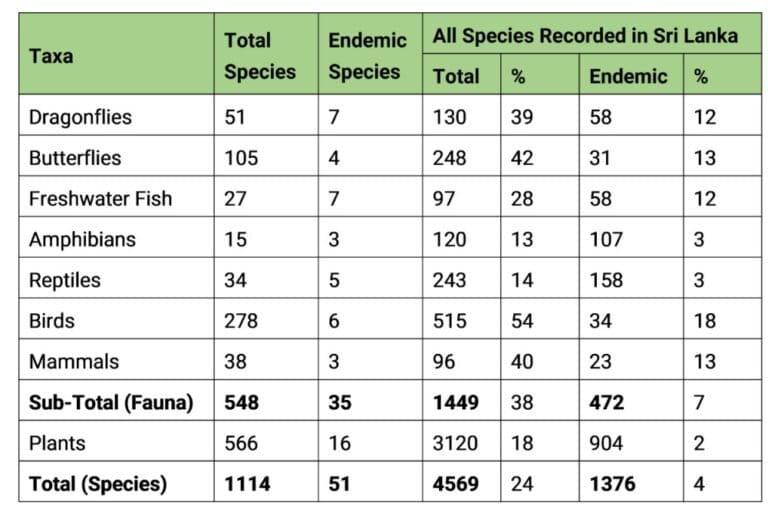
People’s concerns overlooked
“The energy minister’s remark is discriminatory toward the people of Mannar,” says Melani Gunathilaka, a climate activist with CAN Sri Lanka, a citizen’s movement urging immediate climate action to protect ecosystems in Sri Lanka.
She says the community is largely underprivileged and that poorly planned large-scale projects risk disrupting their livelihoods.
“Development must be a balanced act,” she says. At this moment, she adds, Sri Lanka must align its renewable energy push with a commitment to protect globally significant biodiversity.
Gunathilaka tells Mongabay that President Dissanayake’s suspension order presents a crucial opportunity to conduct a thorough environmental review of the wind farm project and genuinely address community concerns.
“The choice now is whether policymakers take this responsible path or fast-track turbines at the cost of Mannar’s ecological integrity,” she says. “That decision will determine whether Sri Lanka’s wind power boom is remembered as a sustainable energy success or a story of needless environmental loss.”
Banner image: Large flocks of seabirds gather along the Mannar coast in Sri Lanka’s north, with towering wind turbines looming in the background. Image courtesy of Lahiru Walpita.










